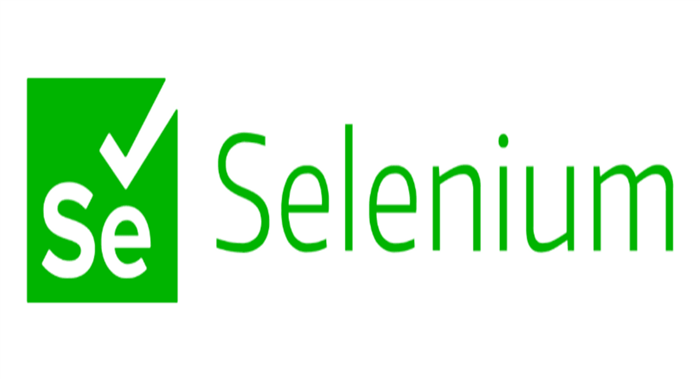Table of Contents
ToggleXPath, or XML Path Language, is a powerful tool used in web scraping and automation to navigate and select elements on a webpage. There are two primary types of XPath: Absolute XPath and Relative XPath. In this blog post, we will delve into the characteristics, use cases, and advantages of both, shedding light on when to employ each for efficient web interaction.
Absolute XPath:
Absolute XPath is a complete and direct path to an element on a webpage, starting from the root of the HTML document. It is like providing the full address to a location, leaving no room for ambiguity. For example:
/html/body/div[1]/section[2]/div[3]/p[2]
Breaking down the above example, /html is the root, followed by subsequent tags and indices specifying the hierarchy leading to the desired element. While Absolute XPath provides precision, it is often criticized for being brittle. Any changes to the structure of the webpage, such as adding or removing elements, can break the XPath, rendering it ineffective.
However, there are scenarios where Absolute XPath is useful. When dealing with static web pages where the structure rarely changes, or when interacting with specific elements in a predictable and unchanging manner, Absolute XPath might be a suitable choice.
Relative XPath:
Relative XPath, on the other hand, is more flexible and adaptable. It identifies elements based on their position relative to other elements on the webpage. Using Relative XPath involves referencing the target element in relation to its parent, sibling, or child elements. An example looks like this:
//div[@class=’container’]//p[@id=’paragraph’]
Here, //div[@class='container'] serves as a starting point, and the subsequent //p[@id='paragraph'] identifies the specific paragraph within that div. Relative XPath is often preferred for dynamic web pages where the structure may change, as it is more resilient to alterations. It focuses on the relationships between elements rather than their absolute positions.
When to Use Each:
Absolute XPath:
- Use when dealing with a static and unchanging structure.
- Suitable for scenarios where precision is crucial, and the element’s location is fixed.
- Not recommended for dynamic or frequently updated websites.
Relative XPath:
- Ideal for dynamic web pages with changing structures.
- Offers better adaptability to modifications in the HTML hierarchy.
- Preferred when the focus is on relationships between elements.
Advantages and Disadvantages:
Absolute XPath:
Advantages:
- Precise and direct, providing a specific path to the target element.
Suitable for stable and unchanging web structures.
Disadvantages:
- Prone to breaking when the webpage structure evolves.
- Lengthy and less readable, making maintenance challenging.
Relative XPath:
Advantages:
- More adaptable to changes in webpage structure.
- Shorter and more readable, enhancing maintainability.
Disadvantages:
- May be less precise, requiring careful crafting to avoid selecting unintended elements.
Choosing between Absolute and Relative XPath depends on the context of web automation. While Absolute XPath offers precision, Relative XPath provides flexibility. A judicious combination of both can be employed based on the specific requirements of the web scraping or automation task at hand, ensuring robust and efficient interactions with dynamic web content.
Absolute XPath is specific but brittle, while Relative XPath adapts to changes, ideal for dynamic web pages. Use wisely for precise or flexible automation.
Please Check Below Pages as well:
